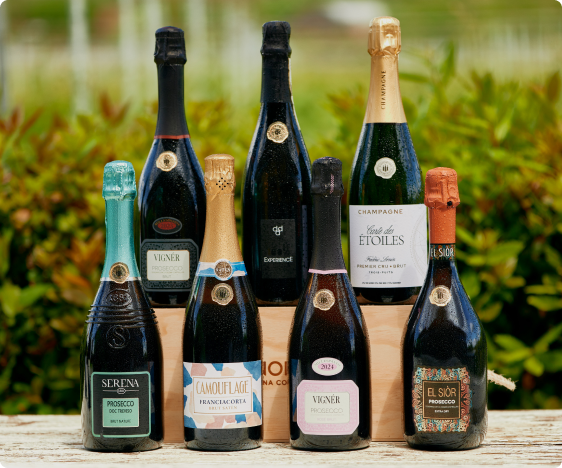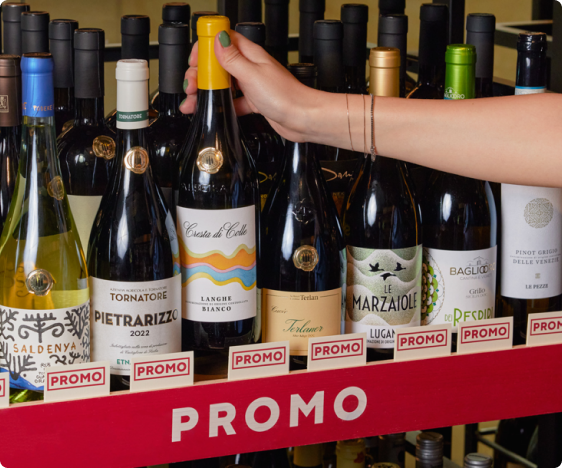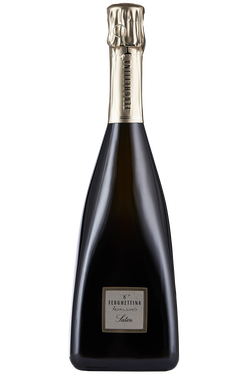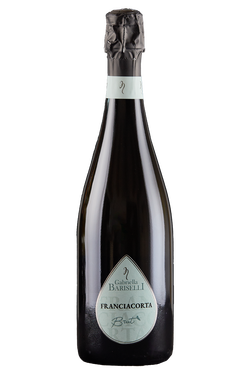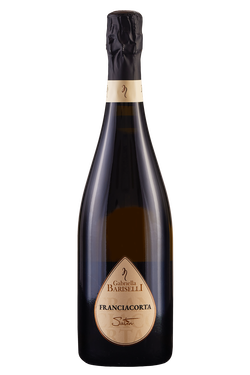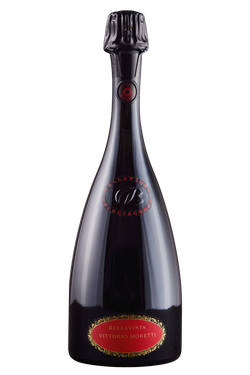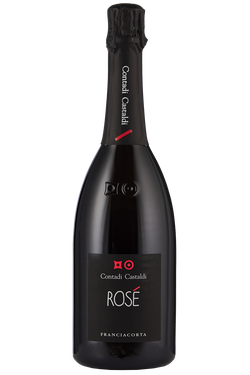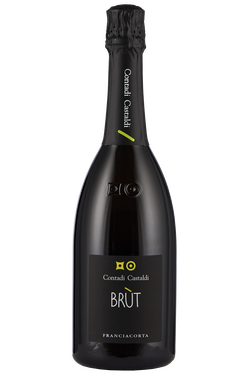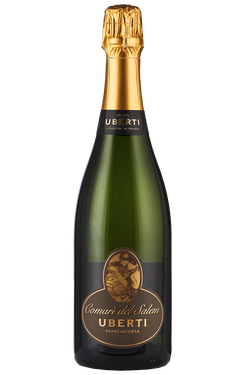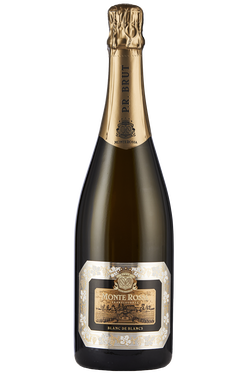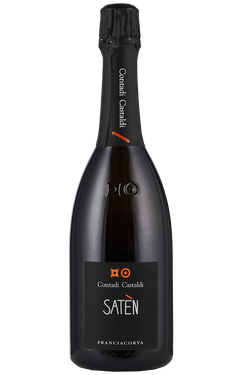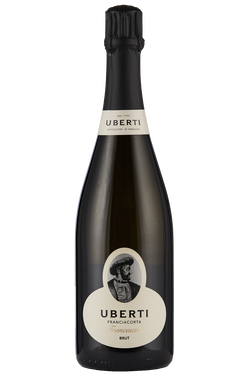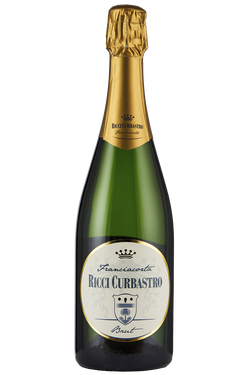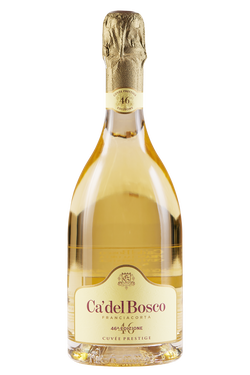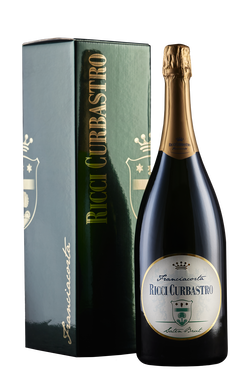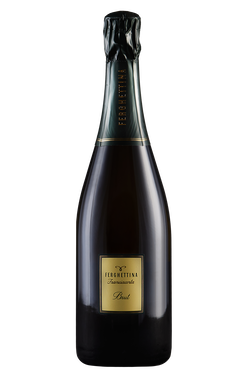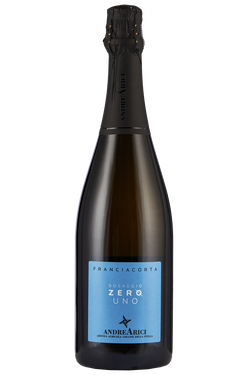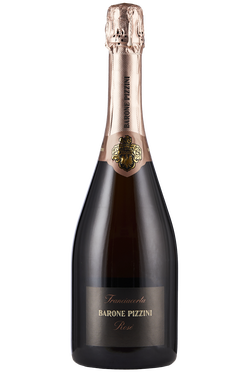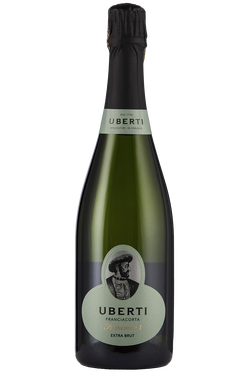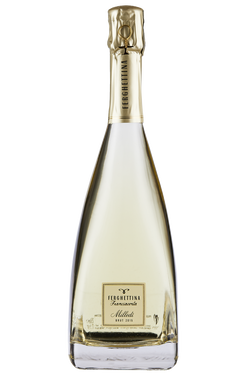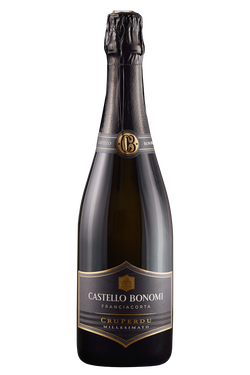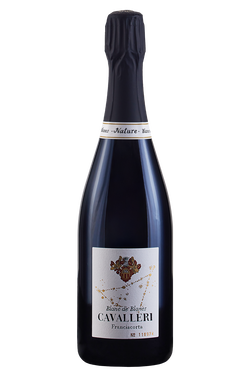- Wines >
- Sparkling wines >
- Franciacorta
Franciacorta: the story of Italy’s most famous sparkling wines
In the Franciacorta zone, the cultivation of vines has very ancient origins, as testified by the discovery of grape seeds dating back to prehistoric times and later by the writings of Pliny, Columella and Virgil. Modern viticulture arrived in the 1960s, to be precise in 1961, when the first 3,000 bottles of Franciacorta spumante were produced using the Metodo Classico technique. The Franciacorta DOC designation was established in 1967, and was one of the first controlled designations of origin in Italy to also include the sparkling wine type in its production protocol. During the 1970s and 80s production witnessed a phase of great expansion, leading in 1995 to the establishment of the Franciacorta DOCG designation, the final consecration of a range of noble wines that expressed a territory and a precise production method: the Metodo Classico. It is no coincidence that Franciacorta DOCG was the first DOCG exclusively dedicated to the Metodo Classico, and today the term Franciacorta has become synonymous with high-quality sparkling wines produced with this time-honoured method (used for over 300 years to produce Champagne).
The Franciacorta brand: pure expression of its territory
Famous throughout the world, the Franciacorta zone is located in the heart of Lombardy, not far from Milan. Overlooking the shores of Lake Iseo, it occupies a hilly area of about 200 square kilometres in the province of Brescia, where most of the Italian wines produced using the Metodo Classico hark from. In order to be able to boast DOCG Franciacorta status, the growing area of the grapes must fall within one of the following 19 municipalities: Paratico, Capriolo, Adro, Erbusco, Cortefranca, Iseo, Ome, Monticelli Brusati, Rodengo Saiano, Paderno Franciacorta, Passirano, Provaglio d’Iseo, Cellatica, Gussago and part of the municipalities of Cologne, Coccaglio, Rovato, Cazzago San Martino and Brescia itself. The gentle rolling hills of the area, bounded to the west by the Oglio river and to the north-east by the last foothills of the Rhaetian Alps, offer soils of great minerality, skilfully transferred by Lombardy’s growers into every bottle of Franciacorta. There are over 100 wineries in the area, many of which are open to the public and can be visited, an original way to spend your weekend, as you discover this unique territory.
Types of Franciacorta: king of the Italian Metodo Classico
DOCG Franciacorta wines follow a precise production process, which consists of inducing second fermentation in the bottle through the addition of selected sugars and yeasts and the subsequent separation of deposits by means of disgorgement, the so-called Metodo Classico. There are three types of Franciacorta DOCG: Franciacorta, Franciacorta. Satèn and Franciacorta. Rosé. In addition, we have Franciacorta Millesimato and Franciacorta Riserva, which require longer ageing (respectively a minimum of 30 and 60 months) and whose production protocol requires that they contain at least 85% of wine from the growing year specified on the label. The quantity of sugar present in the mixture will determine the various types of flavour of the sparkling wine: pas dosé, extra brut, brut, extra dry, sec and demi-sec. The main accepted varieties are Chardonnay, Pinot Noir and Pinot Blanc, but their percentage varies according to the type of Franciacorta. DOCG Franciacorta: Chardonnay and/or Pinot Noir, Pinot Blanc up to a maximum of 50% and Erbamat up to a maximum of 10%. DOCG Franciacorta Rosé: Chardonnay up to a maximum of 65%, Pinot Noir at least 35%, Pinot Blanc up to a maximum of 50% and Erbamat up to a maximum of 10%. DOCG Franciacorta Satèn: At least 50% Chardonnay and Pinot Blanc up to a maximum of 50%. To learn more about the subject, you can read the complete production protocol of Franciacorta DOCG wines.
Franciacorta: taste, serving and pairings
Franciacorta DOCG displays shades ranging from straw yellow to gold, with a fine but intense mousse. The generous, delicate, complex nose offers fruit and toasted notes with a touch of citrus; over a richly-flavoured, fresh, creamy palate of elegance and harmony, and a sweet pastry and citrus finish. It should be served in medium-sized long-stemmed glasses - the typical “Franciacorta shape” - in bottles at a temperature of 4 °C, which in the glass will immediately become 6 °C and after a minute 8 °C. The important thing is that the serving temperature never exceeds 9 °C. Since there are different types of Franciacorta, each with its own residual sugar level, the specific combinations vary. In general, the effervescence and acidity that distinguish these wines make them ideal for pairing as a contrast to foods with a sweet tendency (not to be confused with the sweetness of cakes and pastries) and fatty food. This means in particular aperitifs based on cured meats, canapés and bruschetta (with sautéed vegetables, eggs, soft cheeses or mozzarella), raw seafood, pasta and rice dishes with shellfish and seafood, mushroom risottos, dishes based on white meats, fried or breaded, preferably accompanied by mushrooms, courgettes, provola, burrata and other ingredients that enhance its sweet tendency and richness.

